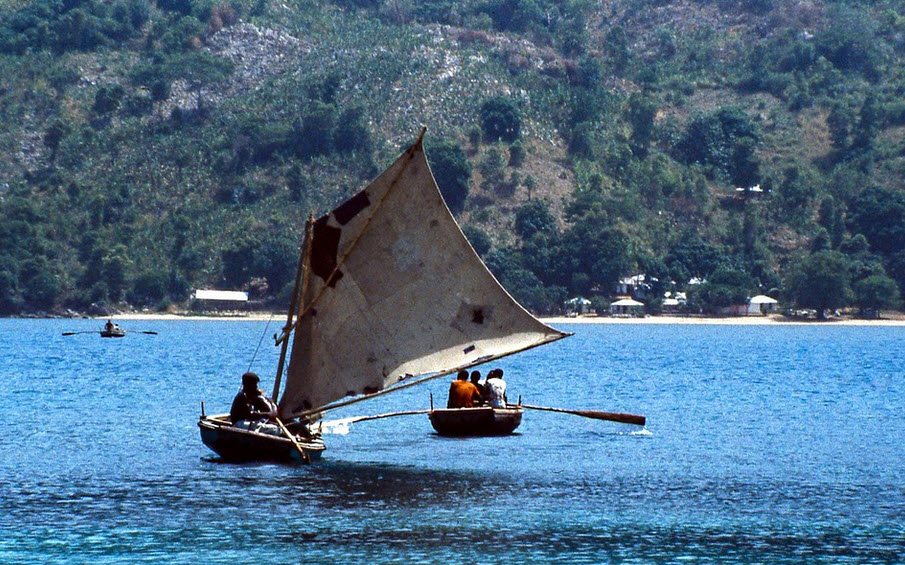Key Take Aways About Visit Citadelle Laferrière
- Citadelle Laferrière, a historic fortress in northern Haiti, symbolizes the country’s fight for independence.
- Located near Milot, 17 miles from Cap-Haïtien, reaching it requires a trek, often by horseback.
- The fortress offers stunning views and historical insights, housing up to 5,000 soldiers originally.
- Dress comfortably for the journey; bring water, snacks, and weather protection.
- Visiting during the dry season (December-April) is ideal.
- Experiencing local culture in Milot and Cap-Haïtien enriches the visit.

Introduction to Citadelle Laferrière
Citadelle Laferrière, a monumental fortress, stands tall in northern Haiti, near the town of Milot. It’s not just any old fortress; it’s a slice of history you can walk through. Built in the early 19th century, this imposing structure serves as a potent symbol of Haiti’s fight for independence. King Henri Christophe was the mastermind behind this architectural marvel, aiming to protect the newly independent nation from potential French attacks. Though the French never returned, the Citadelle endures as a testament to resilience and freedom.
Getting to the Citadelle
Reaching the Citadelle isn’t a hop, skip, and a jump, but it’s worth every bead of sweat. Most visitors base themselves in Cap-Haïtien, Haiti’s second-largest city, which also has the nearest airport. From Cap-Haïtien, it’s a journey of about 17 miles to the town of Milot. You can opt for a taxi or rent a car—though be warned, the roads can be adventurous.
Once in Milot, prepare for a twisty uphill trek. The final stretch is often done on foot or horseback, adding a rustic pinch to the adventure. Hiring a local guide is a smart move—not only to enhance the experience with stories of the past but also to help you avoid the “where the heck am I?” moments.
Exploring the Fortress
Once you’ve pulled off the climb, you’ll find yourself in awe of this formidable fortress. Sprawling over the mountaintop, Citadelle Laferrière offers panoramic vistas that just scream for a photo op. The fortress walls rise up 130 feet, and let me tell you, they didn’t skimp on the stones; there are thousands of them.
Inside, it’s like stepping back in time. The fortress housed up to 5,000 soldiers back in its heyday and was equipped to sustain them for a year. Peering into the storerooms, visitors can glimpse where enough food, water, and weaponry were stored to weather a prolonged siege. Cannons still sit on the bastions, their muzzles pointed out to sea, a silent reminder of the fortress’s purpose.
What to Bring and Wear
Trudging up to the Citadelle isn’t a walk in the park, so dress accordingly. Comfortable shoes are a must—leave those fancy flip-flops back at the hotel. The sun’s relentless, so sunscreen and a hat can make a world of difference. Carry some water and snacks; there are no corner stores halfway up the mountain. Though the fortress does its best to stand majestically undisturbed, it’s worth being prepared for a bit of rain—after all, nature’s gonna nature.
The Historical Significance
Understanding why this fortress was built and what it represents adds depth to the visit. The Citadelle, along with the nearby Sans-Souci Palace, forms the National History Park, a UNESCO World Heritage site since 1982. This place isn’t just bricks and mortar; it’s a tribute to Haiti’s tumultuous birth. King Christophe, one of the leaders of Haiti’s revolution, was determined to keep the hard-won independence from slipping away. While the fortress’s defenses were never tested by the French, it played a crucial role in the psychological warfare against potential invaders.
Best Time to Visit
Timing your visit can make all the difference. Haiti has two main seasons—wet and dry. The dry season, December to April, offers the best chance for clear skies and cooler temperatures. The rainy season, from May to November, can make the trek a muddy affair. Planning your trip during the dry months can help ensure you’re not dodging rain showers.
The Local Scene
A trip to the Citadelle also opens a window into the local culture. The town of Milot and nearby Cap-Haïtien offer a taste of Haitian life beyond the tourist attractions. From local markets to vibrant street music, there’s a rhythm to life here that’s infectious. Plus, trying the local cuisine is a must. Dishes like griot (fried pork) and diri ak djon djon (rice with mushrooms) are bound to tickle your taste buds.
Conclusion
Visiting Citadelle Laferrière is more than just ticking off a historical site. It’s a journey into the heart of Haiti’s fight for freedom, a reminder of the grit and determination that shaped a nation. From its commanding views to its rich history, this fortress is a must-see for any visitor to Haiti. Just remember to bring your sense of adventure—the Citadelle isn’t a place for half measures.
